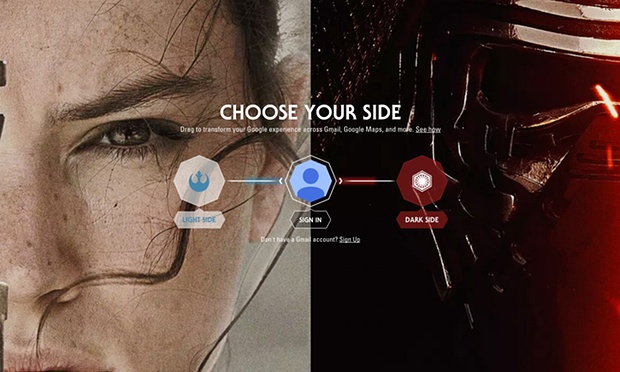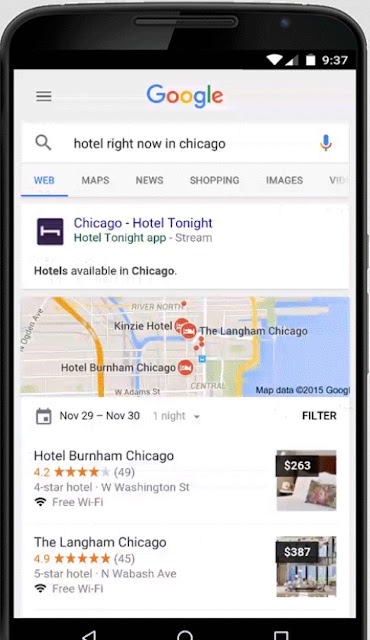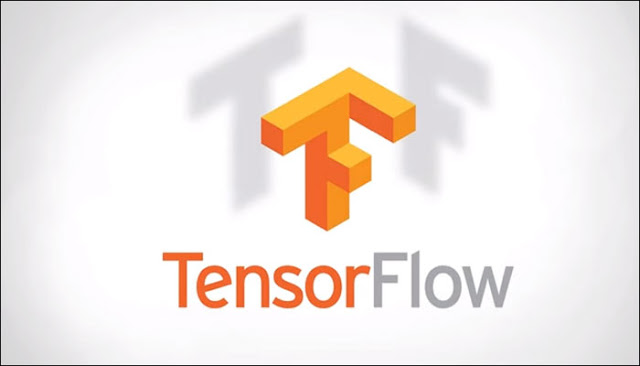Updated Google Keyboard for Android
Google Keyboard for Android has received substantial update inclusive of a one handed mode, some designs have tweaked and the capability of resizing the keyboard’s height to one’s own inclination. There is now an option to display borders around the keys so one can be certain of which one they would be tapping. The one-handed feature enables the user to choose if they prefer the keyboard tailored for the right or left hand while at the same time also tends to offer a quick way to toggle back to the full-sized version.
New number icon near the spacebar tends to open up traditional phone-style number pad which is quite easier to thumb at, rapidly. Users have the option of sharing `small snippets’ of input with Google for improving Google Keyboard for all. Apparently that ties into the keyboard suggestions as well as making word prediction smarter. The height of the keyboard can now be accustomed between five various options which ranges from short to tall, with `normal’ as the middle point between them.
3D Touch Cursor Control of Apple
Besides this, there are also more additions like some neat gesture. For instance of just tapping and holding on the spacebar and moving left or right to move the cursor around quickly which sounds like Google’s answer to the handy 3D Touch cursor control of Apple. It is also a trick that is seen earlier in third-party keyboards. Users can now delete complete words rather than single characters. This can be done by sliding left from the delete key which is a strange update if one is a fan of Google’s keyboard over other choices on Android.
The new feature came up after the report Google has been working to bring its keyboard to iPhone. Google Keyboard 5.0 is rolling out now and with patience one can download it directly from Android Police. One Handed Mode essentially makes the normal keyboard to shrink down, forcing it over to one side or the other, making it easier to type with one hand. To check out One-Handed Mode in the latest version of Google Keyboard, version 5.0 of the keyboard need to be installed.
Chrome’s Omnibar Symbol – Backslash instead of Comma
Being new, Play Store update tend to roll out in stages to users and some may already have it, if not one could wait for a few days or get it from APK Mirror, directly, which is a trusted and reliable site for downloading free Play Store apps. While doing this, ensure to grab the right version since there are 32-bit as well as 64-bit versions.
Once the keyboard is installed, one needs to long press on the comma key, sliding the thumb over to the left icon, the one which tends to look like a little hand over a square which in GoogleLand means `make the keyboard smaller’. Another thing worth mentioning is that if one is attempting to do this by utilising Chrome’s Omnibar as the text input field, then this particular symbol will be a backslash and not a comma. The keyboard will be made small and forced to one side. In order to switch side, one could hit the arrow. To make the same bigger again, you could hit the maximize icon.






















